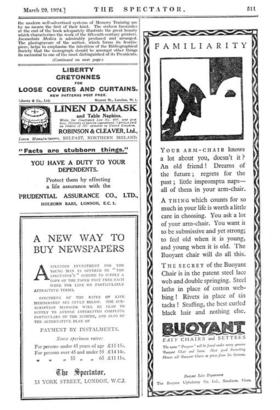INCUNABULA MEDICA. By Sir William Osier, Bt., M.D., F.R.S. (Printed
for the Bibliographical Society at the Oxford University Press.)
It hardly seems credible that four years have now elapsed since the death of Sir William Osier. Such a stream of vitality emanated from his work and from his personality that it is difficult even now to place him amongst the great men of the past. Truly they were giants in those days ; it is doubtful whether ever again in these days of specialization the Medical Faculty will be able to produce men of Universal Mind, such as Jonathan Hutchinson or William Osier. Osier; in addition to being one of the world's greatest clinicians, was a man of wide and rare culture, a scientist the value of whose scientific work was immeasurably enhanced by his love of the Humanities. For many years he had the honour of being Curator of the Bodleian Library and President of the Biblio- graphical Society. This Society has now published its Nineteenth Illustrated Monograph—Incunabula Medica, by Sir William Osier. It is a study of the earliest printed medical books, those published between the years 1467 and 1480. The list of books is preceded by an address which the author originally read to the Biographical Society ; it is characterized by that combination of attractiveness and scholarship which distinguished all the author's work. It is amusing to single out from the list of books one which must surely be the first published work on Eugenics—Ob einent Manne set zu nehmen ein ehelich Weib, by Albrecht von Eyle, printed at Augsburg in the year 1473. A book called De Memoria Augenda, by Matheolus Perusinus (1472) shows that the modern well-advertised systems of Memory Training are by no means the first of their kind. The sixteen facsimiles at the end of the book adequately illustrate the great beauty which characterizes the work of the fifteenth-century printers. Incunabula Medica is admirably produced and arranged. The photogravure of the author, which forms its frontis- piece, helps to emphasize the intention of the Bibliographical Society that the monograph should be amongst other things its memorial to one of the most distinguished of its Presidents.
(Continued on next page.)











































 Previous page
Previous page